Out & About: Historian to present Hartford’s entertainment history
| Published: 03-11-2023 9:34 PM |
In 1965, Allard Graves sold White River Junction’s downtown movie theater, the Lyric.
He’d opened the North Main Street theater in 1926, according to a 1965 article in the Valley News. The theater was where people gathered to see the latest Hollywood films and kids watched cartoons. But by the 1960s, the public’s relationship with movie theaters had changed.
“Television has hurt the ‘movies’ in White River to a great degree,” Graves told the Valley News at the time of the sale, “but the loss of railroad business and several good payrolls in various mills which used to operate in this vicinity also hurt to a marked degree.”
The Lyric is but one of many entertainment venues that has existed in Hartford over the centuries and is part of the town’s effort to document its history of performing arts. At 6:30 p.m. Wednesday at Hartford Town Hall, 171 Bridge St., White River Junction, the public will have an opportunity to hear about what historian Neil Silberman has discovered and from members of the Hartford Preservation Commission. It can also be streamed remotely via hartford-vt.org/_T4_R24.php.
At 2 p.m. that same day, people are invited to a roundtable discussion at Town Hall to share their memories about attending different performances in Hartford. Those who are interested in participating in the project, but who are unable to attend the gathering can contact town planner Matt Osborn at mosborn@hartford-vt.org or 802-478-1118. Participants do not need to be Hartford residents; they just need to have memories of Hartford events.
“It’s not the normal kind of historic prevention project that you usually do just because there is so much that is intangible about this project,” said Silberman, of Coherit Associates, a Connecticut-based firm that helps communities document history.
Usually, historic preservation efforts focus on physical buildings, but in this case, many of the buildings — including the Lyric — are gone.
“This is about memories. It’s about creativity,” Silberman said. “You have to patch it together with posters, period photos, that sort of stuff.”
Article continues after...
Yesterday's Most Read Articles
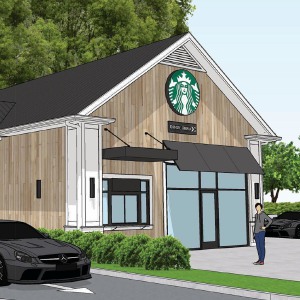 Starbucks store planned for Route 120 at Centerra
Starbucks store planned for Route 120 at Centerra
 Canaan Elementary School has new principal
Canaan Elementary School has new principal
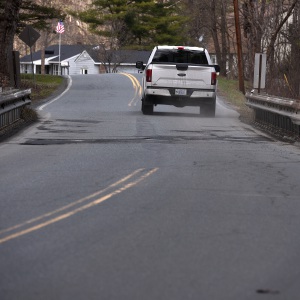 City plans to widen and replace bridge on Trues Brook Road
City plans to widen and replace bridge on Trues Brook Road
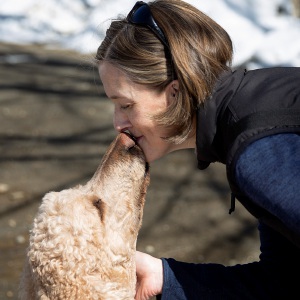 Enterprise: Upper Valley pet sitters discuss business growth, needs
Enterprise: Upper Valley pet sitters discuss business growth, needs
 2024 Upper Valley high school baseball guide
2024 Upper Valley high school baseball guide
The timeframe goes up through the present day, as Hartford is once again a rich place for performing arts, Silberman said, citing JAG, Northern Stage, the Briggs Opera House and JAM.
The project is mostly being funded by a $9,121 Certified Local Government grant, Osborn said. As part of the grant, Hartford must contribute at least a 40% match by contributing a combination of cash and staff and volunteer time; in order to increase their chances of receiving funding, the town offered $9,187, including about $2,300, with the rest of the match coming from staff and volunteer efforts.
The town has been the recipient of numerous grants over the years, including one that funded a census of the town’s barns. This year, as members of the Historic Preservation Commission were discussing which project to pursue, they were intrigued by documenting the town’s performing arts history.
“It was a consensus of members that this was a neat project and a little different than most historic preservation projects,” Osborn said.
Osborn and Silberman stressed that, while White River Junction was the town’s center for entertainment, all five villages had active — and thriving — performing arts spaces.
“What I found amazing is that in all the other villages, the Grange movement had a real big effect,” Silberman said, referencing the halls that supported local farmers and served as gathering spots. There were halls in Quechee, Hartford Village, West Hartford and Wilder. “There was a lot of amateur music made, plays put on.”
One of the first gathering spots was a tavern and inn opened by Freegrace Leavitt in 1794 on the corner Center of Town Road and Kings Highway (today, it is a single-family residence). Leavitt served as town clerk and his tavern was the town office building until the 1820s, Silberman said.
“That was really the first place of entertainment,” he said.
The late 1800s became a boom time for arts in Hartford. In 1891, the Gates Opera House opened in downtown White River Junction.
“The star of the show in a certain way is Mae Gates, the woman who conceived of building the Gates Block and the Gates Opera House in 1890. She really gave Hartford a proper theater that in fact started to book acts,” Silberman said. That was also when centralized booking agencies became commonplace — which led to performances becoming more widespread. “Whether it was singing groups or magicians, or ventriloquists, the wackiest kind of acts would come on the train, perform one night and move onto the next town. It was very different than everything that had gone on before, which was really homemade.”
At the turn of the 20th century, Hartford got its first nickelodeon: the Dreamland on South Main Street and residents got their first real exposure to motion pictures.
“While people had to pay the enormous prices of 25 or 35 cents to go to the Gates Opera House for a live vaudeville act, you only had to spend a nickel to go to Dreamland,” Silberman said. The Dreamland turned into the Crown movie theater, which Allard later bought. In 1952, Allard — who Silberman referred to as “the movie mogul of White River Junction” — opened the now-defunct drive-in on Sykes Mountain Avenue that people still reminisce about today.
That’s one of reasons oral histories are critical to the project, because they “focus on what people experienced and what it felt like to experience a certain performance or a certain venue many years ago,” Osborn said.
The history project also reflects the way the approach to cultural heritage work has changed, Silberman said.
It used to be concentrated on historical facts and more concrete timelines. While those still play a role, there is now more emphasis on people’s memories and the way they interpret certain time periods.
“Everybody has a different perspective on the significance of the town’s history. It’s in (including) more and more voices in that the story becomes richer,” Silberman said. “Someone’s grandmother’s recipe is as worth of documentation as a building that can be on the Register of Historic Places.”
Liz Sauchelli can be reached at esauchelli@vnews.com or 603-727-3221.

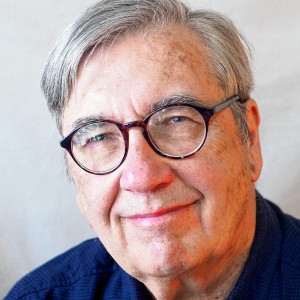 Over Easy: Marvels in the heavens, and in the yard
Over Easy: Marvels in the heavens, and in the yard 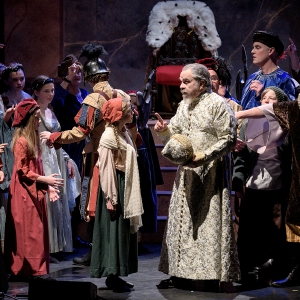 Amid financial difficulties, Lebanon-based Revels North cancels midwinter show
Amid financial difficulties, Lebanon-based Revels North cancels midwinter show 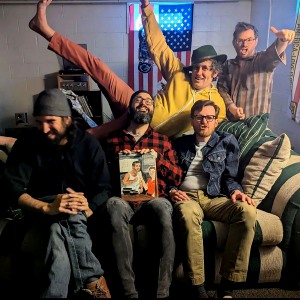 Art Notes: The Pilgrims to perform ‘last’ show Saturday in Hanover
Art Notes: The Pilgrims to perform ‘last’ show Saturday in Hanover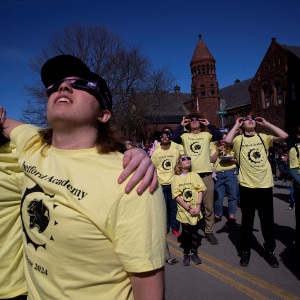 Upper Valley residents witness total eclipse
Upper Valley residents witness total eclipse
